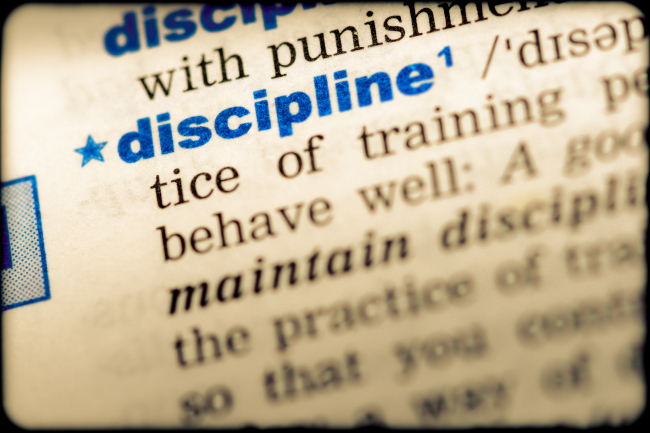There is a difference between discipline and punishment. Discipline is about fixing and learning from your mistakes. It is corrective and instructional, focused on the child’s long-term wel…
Source: 12 Tips About Discipline for Coaches | JAG GYM Blog

There is a difference between discipline and punishment. Discipline is about fixing and learning from your mistakes. It is corrective and instructional, focused on the child’s long-term well-being. Its goal is to teach what behavior is and is not acceptable. Punishment is about paying for those mistakes. Its goal is to inhibit a behavior that the adult does not want to have happen.
The ultimate goal of discipline is self-regulation. It is to teach the athlete the skills needed to regulate themselves in your absence. It is not to control them or train them like an animal but rather to develop their character.
The best discipline happens before there is a problem. Avoiding conflict and redirecting behavior are two of the best ways to discipline. Setting up your lesson plans so the athletes are engaged and busy prevents many a discipline issue. Noticing when an athlete is veering off track and needs a gentle nudge to stay focused is a skill of a great coach.
Use logical consequences whenever possible. Logical consequences help kids learn to be accountable for their actions. For instance, a logical consequence for a gymnast unprepared for her turn is that she loses her turn. Or for a preschooler who pushes to the front of the line is to return to the end of it.
Don’t have too many rules. Instead focus on having principles, especially for older kids. Honesty. Respect. Responsibility. Kindness. Instill those four principles in your gym and your need for rules are almost zero.
Let the stakeholders (read: the athletes) be involved in creating any necessary rules. For instance, sitting down with your athletes and asking them what they think team rules and consequences should be gives them buy in to the social contract of the team. If, for instance, as a team you all agree that cheating on conditioning assignments results in starting the assignment over from the beginning then when this rule in enforced the athletes know what to expect because they had a voice in creating the rule.
Always look to compliment the positive instead of focusing on the negative. Instead of focusing on the kid doing it wrong, compliment (loudly) the kids who are doing it right. The others catch on fast.
Just because your coach did it this way, doesn’t mean you need to. Old school coaching techniques are often just that—old. Back in the day we didn’t wear seat belts or helmets, and yes, we survived but that doesn’t mean we wouldn’t have benefited from seat belts and helmets.
You aren’t always going to be liked (but it doesn’t mean you aren’t loved). Kids are going to be mad at you (and maybe even parents too) when you discipline your athletes. Do it anyway.
Don’t take an athlete’s misbehavior personally. It may feel personal but this isn’t about you. An athlete misbehaving is about their journey to learning how to behave. It’s nothing personal.
Yelling and nagging don’t work. They don’t. And in fact they do damage.
You are the adult. Always, always, always remember this. You are the adult in the coach-athlete relationship. As such you have more power and with that power comes a greater responsibility. Act accordingly.